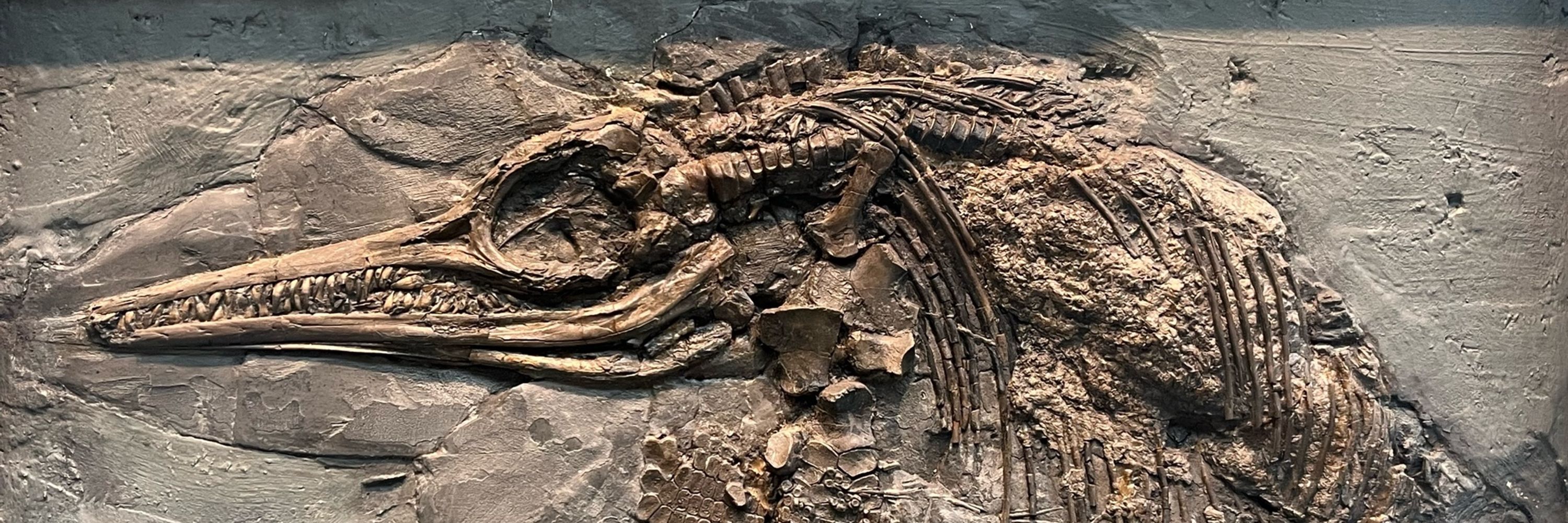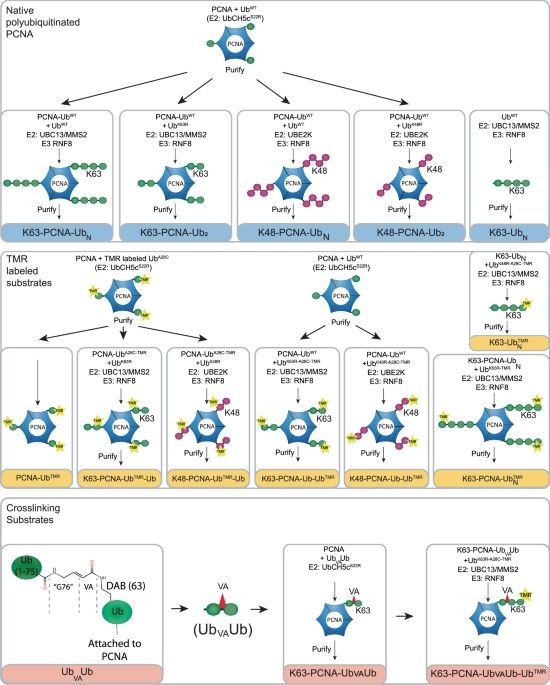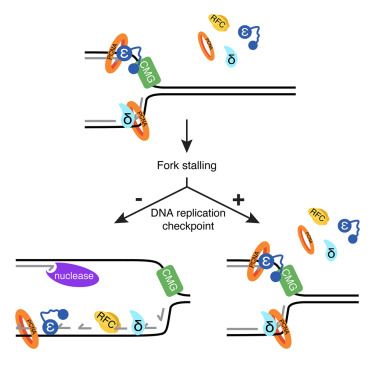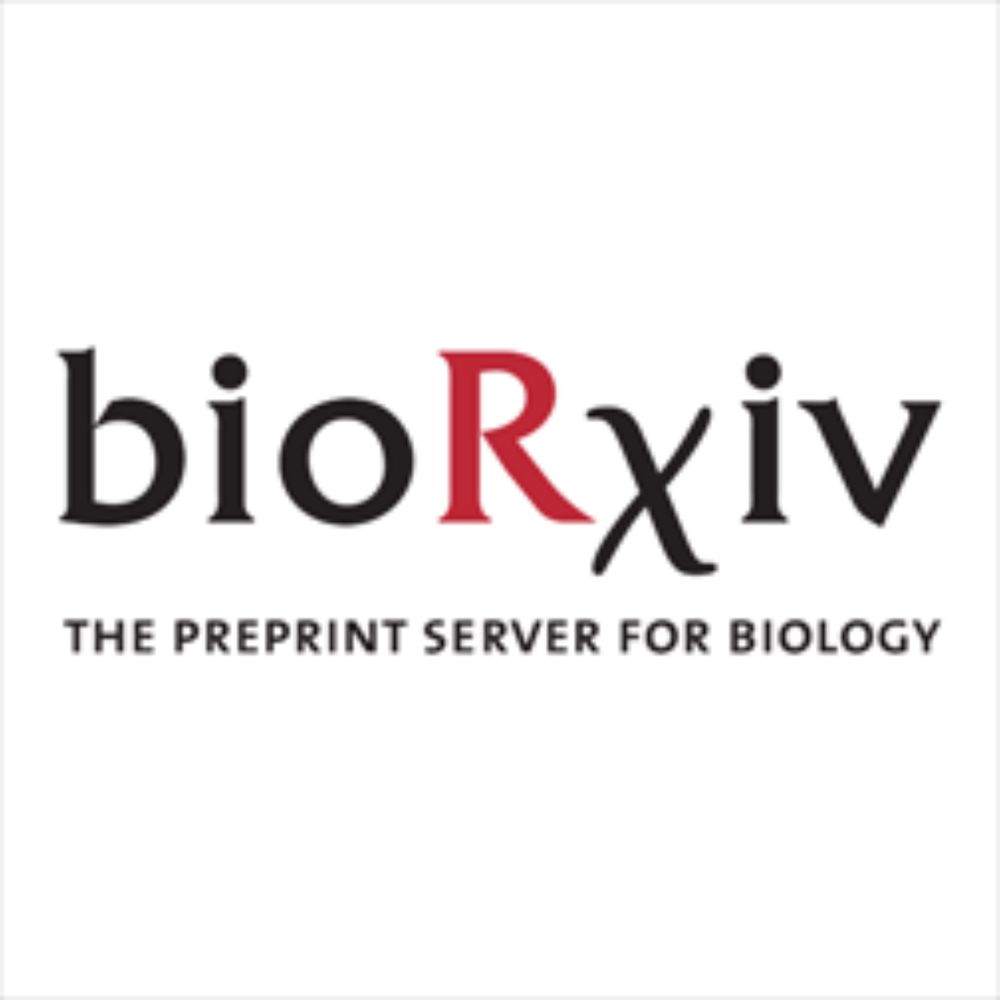

www.science.org/doi/10.1126/...

www.science.org/doi/10.1126/...
@penengolab.bsky.social and collaborators
www.embopress.org/doi/full/10....


Niels Mailand, Robert Shearer et al profile a panel of #ubiquitin replacement cell lines, implicating K29 chains in chromatin regulation via SUV39H1 destabilization
www.embopress.org/doi/full/10....

Niels Mailand, Robert Shearer et al profile a panel of #ubiquitin replacement cell lines, implicating K29 chains in chromatin regulation via SUV39H1 destabilization
www.embopress.org/doi/full/10....
www.nature.com/articles/s41...

www.nature.com/articles/s41...
www.biorxiv.org/content/10.1...

www.biorxiv.org/content/10.1...

www.nature.com/articles/s41...
www.nature.com/articles/s41...
www.nature.com/articles/s41...

www.nature.com/articles/s41...
Here, we reveal the unique, molecular mechanism by which USP1/UAF1 cleaves ubiquitin chains on PCNA, which may direct DNA damage tolerance.
doi.org/10.1038/s414...

Here, we reveal the unique, molecular mechanism by which USP1/UAF1 cleaves ubiquitin chains on PCNA, which may direct DNA damage tolerance.
doi.org/10.1038/s414...

uobevents.eventsair.com/birmingham-c...
uobevents.eventsair.com/birmingham-c...
Please get in touch with your CV if you are interested; closing date: 27th June 2025.
More details here: candidate.hr-manager.net/ApplicationI...

Please get in touch with your CV if you are interested; closing date: 27th June 2025.
More details here: candidate.hr-manager.net/ApplicationI...


www.biorxiv.org/content/10.1...

www.biorxiv.org/content/10.1...



Two new papers identify 3 families with FAAP100 homozygous mutations leading to severe developmental and hematologic abnormalities leading to death in utero or in early life.
www.jci.org/articles/vie...
www.jci.org/articles/vie...
Two new papers identify 3 families with FAAP100 homozygous mutations leading to severe developmental and hematologic abnormalities leading to death in utero or in early life.
www.jci.org/articles/vie...
www.jci.org/articles/vie...
@profstewartlab.bsky.social @Jo Morris, @Aneika C. Leney, @drjhujh.bsky.social
www.nature.com/articles/s41...

@profstewartlab.bsky.social @Jo Morris, @Aneika C. Leney, @drjhujh.bsky.social
www.nature.com/articles/s41...
I am recruiting for two #Postdoc positions investigating the Alternative Lengthening of Telomeres mechanism.
www.jobs.ac.uk/job/DLO693/r...
www.jobs.ac.uk/job/DLP016/r...
#Telomere #DNAreplication #DNArepair #cancer #glioma #UKRI #MRC #universityofbirmingham #NGS

I am recruiting for two #Postdoc positions investigating the Alternative Lengthening of Telomeres mechanism.
www.jobs.ac.uk/job/DLO693/r...
www.jobs.ac.uk/job/DLP016/r...
#Telomere #DNAreplication #DNArepair #cancer #glioma #UKRI #MRC #universityofbirmingham #NGS

